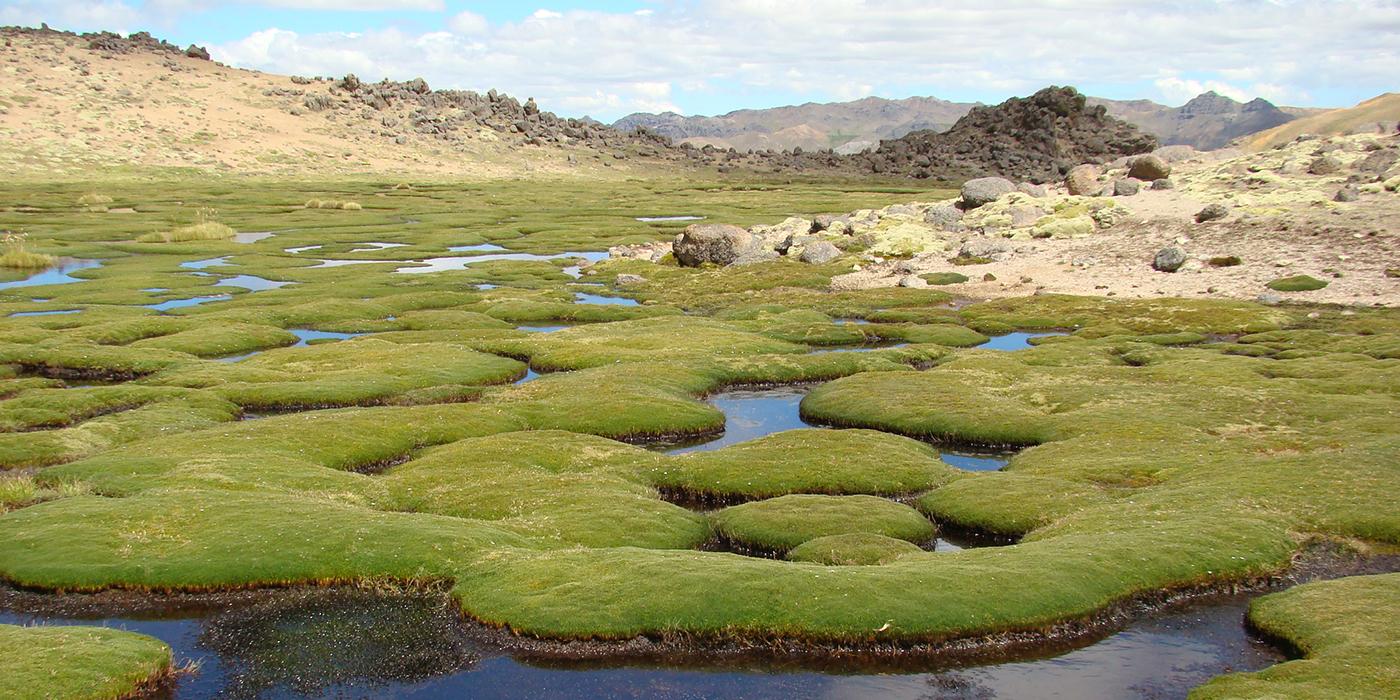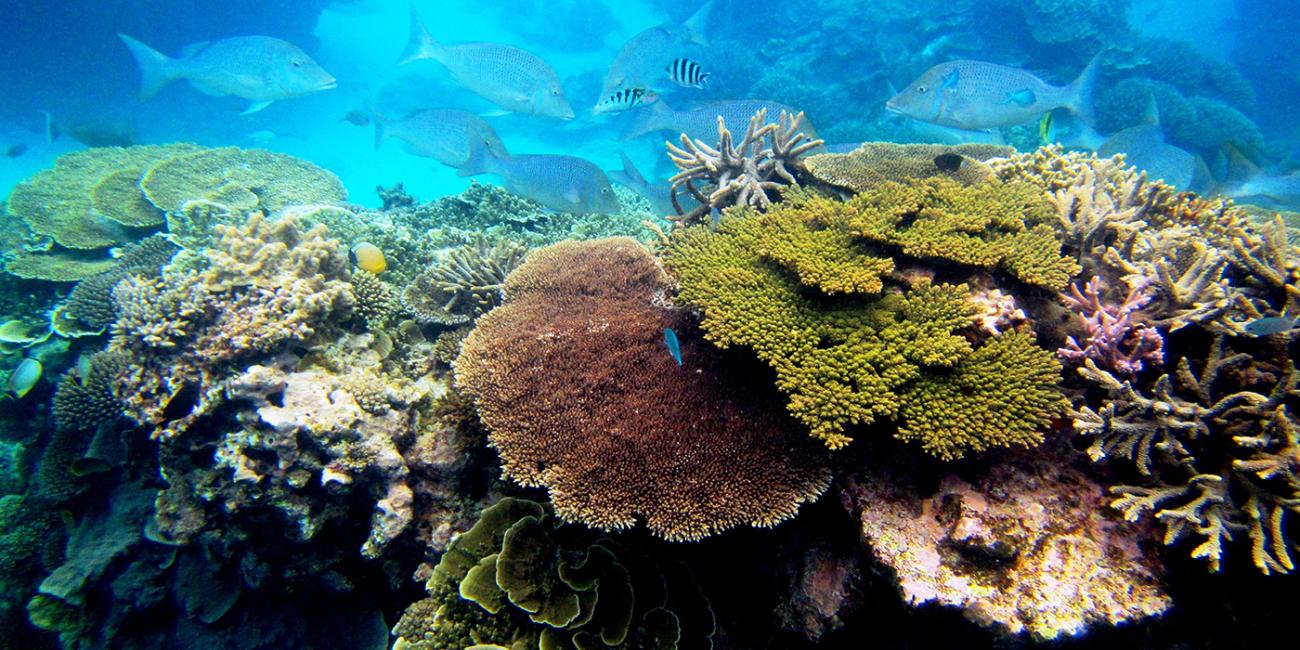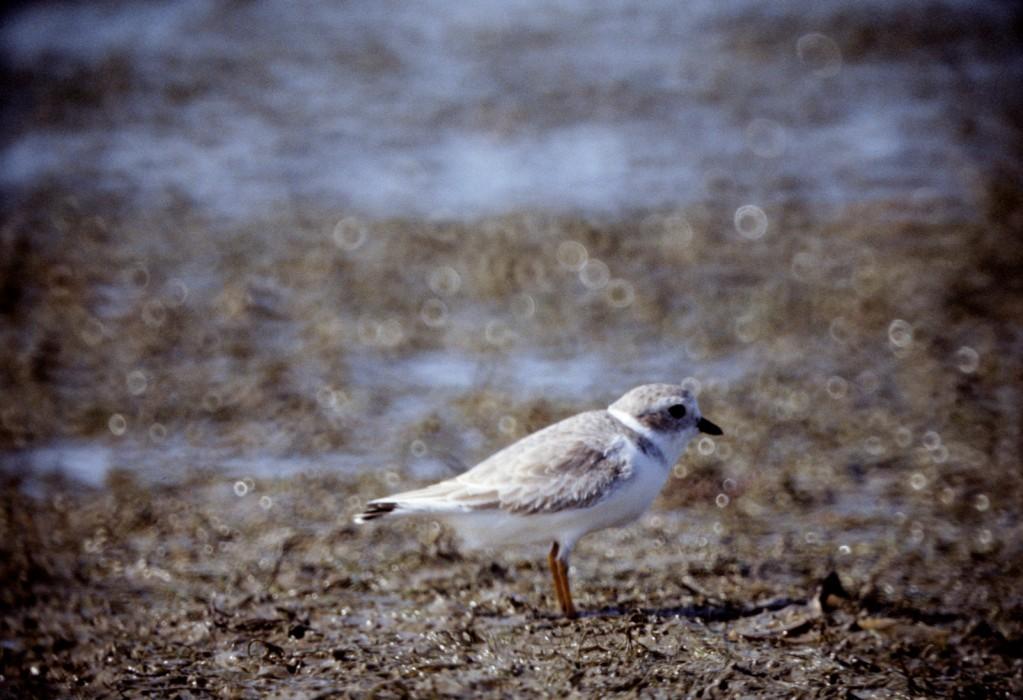From the Andes to the Pacific
Biodiversity Monitoring and Assessment Program (BMAP)
The Biodiversity Monitoring and Assessment Program (BMAP) was established in 2008 to integrate the conservation of biodiversity into the construction and operation of a 408-kilometer gas pipeline, a Liquefied Natural Gas (LNG) plant, and its accompanying marine terminal. In collaboration with research scientists and business partners, the Center for Conservation and Sustainability (CSS) evaluates and conducts long-term monitoring of select indicator species and habitats, with the aim of recommending appropriate adaptive management actions for the project.
The pipeline starts in Chiquintirca, in the eastern Andes of Ayacucho Department, and reaches Pampa Melchorita on the Pacific coast, 170 kilometers south of Lima. The climate and landscape vary: crossing from high-altitude wetlands, to arid grasslands, to deeply dissected inter-Andean valleys and barren deserts.
Within this complex geographical and ecological setting, CCS aims to:
- Understand the status and ecological trends of species and habitats within the area of influence of the project.
- Assess the effectiveness of the company's mitigation and restoration efforts on those species and habitats.
- Contribute to the knowledge of the biodiversity of the southern Peruvian region and make recommendations on its management and conservation.
These objectives are addressed by a set of monitoring and assessment protocols based on scientific questions and experimental designs created by Peruvian and international experts with oversight from an expert panel.
Research
- Andean cat (Leopardus jacobita)
- Andean pencil catfish (Trichomycterus sp.)
- Andean wetland vegetation
- Bearded mountaineer hummingbird (Oreonympha nobilis)
- Biorestoration monitoring
- Birds of High Andean wetland habitats
- Black spectacled brush finch (Atlapetes melanopsis)
- Columnar cacti or desert vegetation
- Dry forest restoration and conservation
- High Andean pupfish (Orestias sp.)
- High Andean water frog (Telmatobius jelskii)
- Lizards
- Marine birds
- Marine fish
- Marine benthos
- Peruvian long-snouted bat (Platalina genovensium)
- Queñual tree (Polylepis pauta)
- Rufous breasted warbling finch (Poospiza rubecula)
- Small mammals (rodents and marsupials) with emphasis on Thomasomys kalinowskii
- The 'Pati' tree of Andean seasonal dry forest habitat (Eriotheca sp.)















